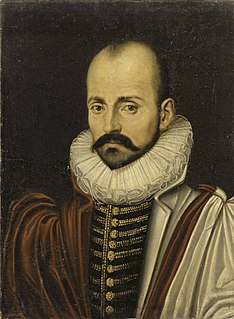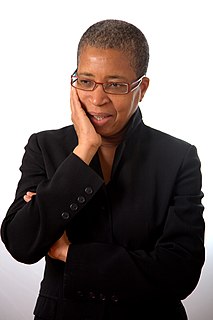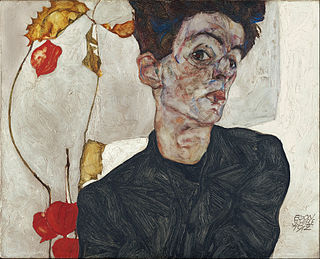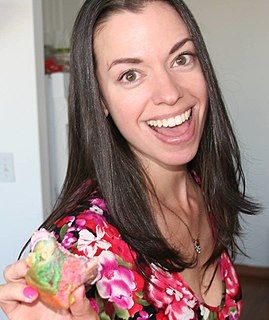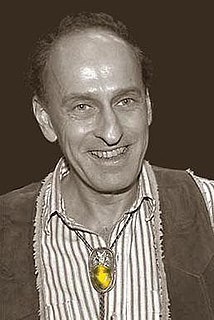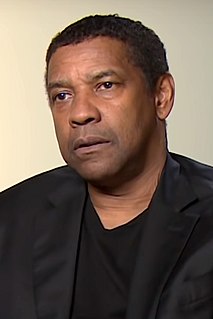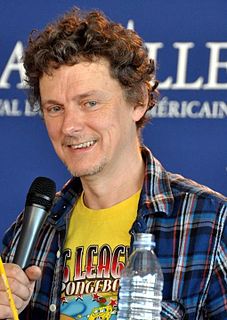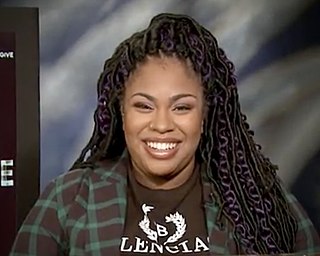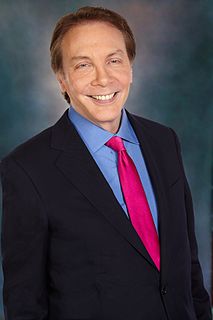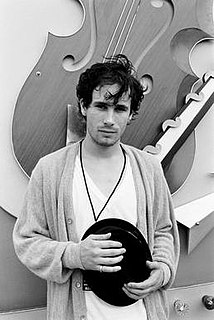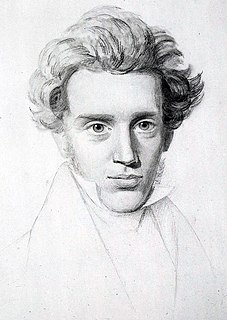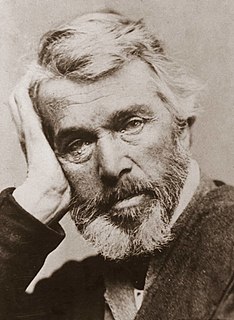A Quote by Michel de Montaigne
A straight oar looks bent in the water. What matters is not merely that we see things but how we see them.
Related Quotes
Africa - You can see a sunset and believe you have witnessed the Hand of God. You watch the slope lope of a lioness and forget to breathe. You marvel at the tripod of a giraffe bent to water. In Africa, there are iridescent blues on the wings of birds that you do not see anywhere else in nature. In Africa, in the midday heart, you can see blisters in the atmosphere. When you are in Africa, you feel primordial, rocked in the cradle of the world.
One of the most amazing things that can happen is finding someone who sees everything you are and won't let you be anything less. They see the potential of you. They see endless possibilities. And through their eyes, you start to see yourself the same way. As someone who matters. As someone who can make a difference in this world. If you're lucky enough to find this person, never let them go.
'Fire' does not matter, 'earth' and 'air' and 'water' do not matter. 'I' do not matter. No word matters. But man forgets reality and remembers words. The more words he remembers, the cleverer do his fellows esteem him. He looks upon the great transformations of the world, but he does not see them as they were seen when man looked upon reality for the first time. Their names come to his lips and he smiles as he tastes them, thinking he knows them in the naming.
I didn't want to audition the kids so much; I just wanted to talk to them because I like seeing how they are because their mothers usually mess them up with practice. So, I'd rather talk to them and see how they respond. I just throw things at them and see how they can hit the ball back, and Saniyya Sidney was good.
Of all our studies, history is best qualified to reward our research. And when you see that you've got problems, all you have to do is examine the historic method used all over the world by others who have problems similar to yours. And once you see how they got theirs straight, then you know how you can get yours straight.
I don't see people. I don't see men and women at all. When I see them, I see... their mothers and fathers. I see how old they are inside. Like when I look at the president, or anybody in a record company, or a store owner, I may see a little boy behind the counter with the face of an old man. And that's who I talk to.
